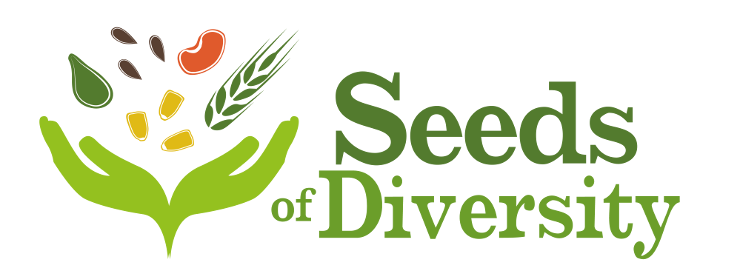When we talk about agriculture, we are often imagining an idyllic pastoral setting: rolling fields hemmed in by wooden fencelines, herds grazing peacefully, a meadow of flowers, a pretty garden and a handful of happy chickens. We often associate gardening with natural landscapes, but in recent years a different type of agriculture has been experiencing a resurgence: urban agriculture. Urban gardens are becoming more popular in Canada, especially in big cities like Toronto, Montreal or Vancouver.
Unfortunately, cities haven’t necessarily been designed to accommodate agriculture, and gardening has had to find its place among a variety of other urban activities. Thus, the premises used for gardening are sometimes not as healthy as one might like. Some people have been sounding the alarm ... the ground beneath our gardens is perhaps not as "natural" and clean as you think! Here is some information on what contaminates soil and how to avoid serving up heavy metals on your plate.
Contamination 101
Contaminated soil contains substances such as hydrocarbons (oil, gasoline, etc.), synthetic chemicals or heavy metals – all of which can be harmful to our health. These substances can leach through to groundwater and contaminate a wide area. When vegetables are grown directly in contaminated soil, contaminants can be found in the plant itself. It’s therefore best to avoid engaging in agriculture in affected soils. However, since available land is often scarce and expensive in the city, our choice of land to cultivate is limited. In these cases, it’s possible to take precautions in order to grow healthy vegetables.
Play detective
Foundries, service stations, dry cleaning operations, auto shops, pulp and paper as well as other industries have resulted in the contamination of land in urban areas . Research land use history with the local or the municipal records before you garden! Observe the composition of the soil when you dig: coarse gravel, asphalt pieces, bricks or other debris are signs that you're likely gardening in backfill which may contain other less visible contaminants.
Another thing to be wary of is oil tanks. Until not so long ago, many houses were powered with oil. When people switched to electricity, there were no laws in place governing the safe storage or disposal of used tanks. Many tanks were buried where they were, thus contaminating the nearby soil. Even if removed, there’s no guarantee that there was no leak prior to their removal. The combustion of heavy fuel oil is a source of PAHs (polycyclic aromatic hydrocarbons) which are highly toxic compounds. The good news is that in large quantities, they can be detected by the human nose! So… beware soils with a funny smell ... A garden less than 500 meters from a large arterial road is more likely to be contaminated by PAHs or lead (from leaded fuel) – especially on the side of the prevailing winds. Try to plant as far as possible from roads or on the far side of trees or other windbreaks.
One mediating solution would be to remove a few feet of earth and replace it with good garden soil. Raised beds are another good option, as are container plantings.
If you’re concerned about contamination, nothing can replace a soil test to see what you’re growing in. Some tests allow you to take samples yourself then send them off to a lab. Others (more thorough, but also more expensive) require on-site testing done by experts. Sometimes tissue samples can be sent off to test for contamination in vegetables grown in the soil.
Types of vegetables most susceptible to contamination
According to research, some plants are more easily contaminated than others. For example, leafy vegetables such as spinach and lettuce are more likely to accumulate heavy metals than a tomato. Often, the concentration of contaminants is not evenly distributed throughout different parts of the plant - some parts are less likely to be toxic than others. For example, tomato fruits are thankfully less contaminated than the leaves!
Some plants have shallow roots that extend only a few centimetres below the soil surface. Others, such as lovage or parsnips reach their roots deep into the soil, absorbing contaminants where they are not accessible to other vegetables. The more deeply rooted the crops grown, the deeper one will have to dig to remove contaminated soil.
A few last tips
Washing: Washing vegetables before consumption can help to avoid ingesting pesticides and other chemical inputs, but freshly picked vegetables may carry soil that it is contaminated.
If you're a gardener who likes to decorate with found objects, pay attention: brown bricks are contaminated with heavy metals which can leach out into your flowerbeds, recycled wood pallets used in transportation often contain insecticides, pesticides or even arsenic (formerly used to treat wood), and railroad ties often contain oil and other chemicals.
For more information:
Cornell Waste Management Institute: Soil Contaminants and Best Practices for Healthy Gardens
skeo solutions: Reusing Potentially Contaminated Landscapes: Growing Gardens in Urban Soils
